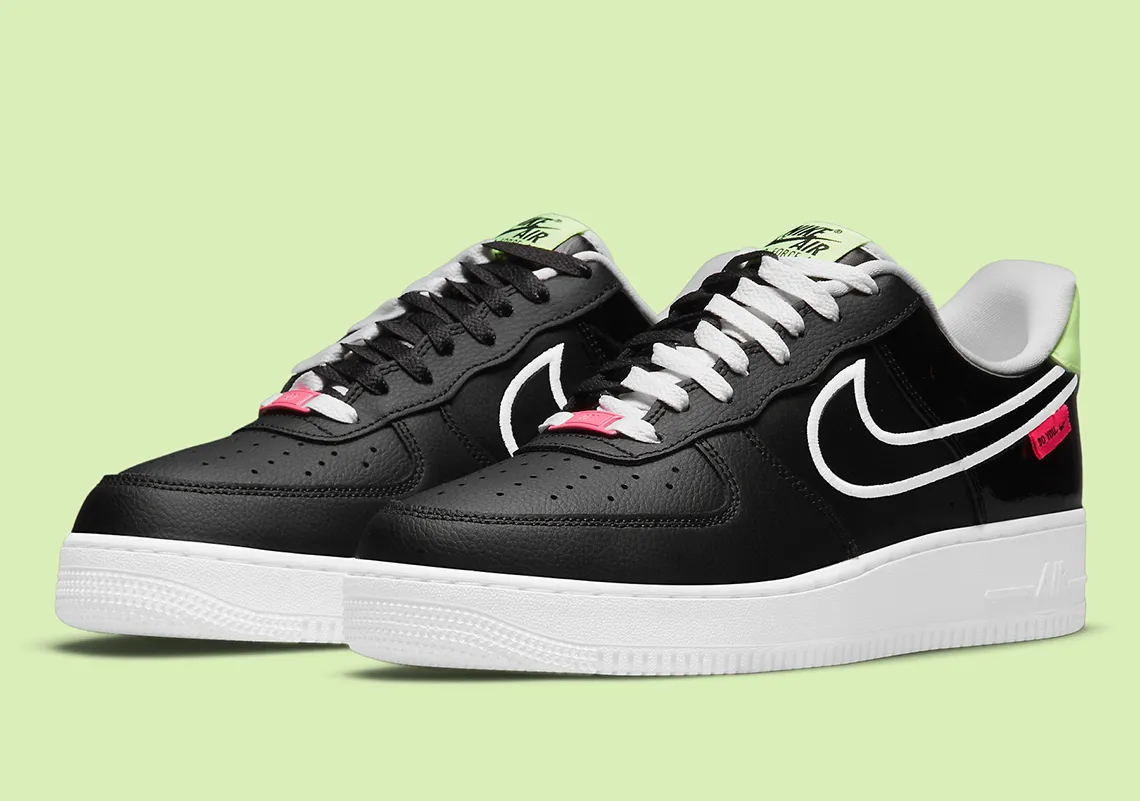
After four years of concerted effort to drive China's Huawei not only out of the US market but also from international markets, there are loud and growing indications that President Trump's efforts are now beginning to bear fruit.
The latest data points come from Infinera, a Sunnyvale, California-based maker of packet optical transmission equipment and a direct competitor to Huawei in that sector.
"We watched the Huawei kind of geopolitical pressures for a period of time right now. And there was always a question whether it was real or part of a larger political game. And I've completely changed my opinion that it's very real, and people are – customers are under the absolute necessity of evaluating and making change," Infinera CEO Tom Fallon said during his company's quarterly conference call with analysts, according to a Seeking Alpha transcript. (Fallon also announced his intention to retire this year.)
Added Fallon: "In the medium term, I think there's going to be significant opportunity for true replacement of Huawei networks. This is not being viewed as a game."
Importantly, Fallon said that Infinera has already begun winning contracts from Huawei with operators around the world moving away from the Chinese vendor. He mentioned a new request from an unnamed, "very, very large" operator that specifically stems from a desire to replace Huawei equipment.
"I think it's, quite frankly, for a non-Huawei person, it's a once-in-a-lifetime opportunity," Fallon said.
Others agree. "We believe Infinera could opportunistically take some of Huawei's international market share, especially in Europe, where Infinera has a strong presence as a result of the acquisition of Coriant," wrote the Wall Street analysts at B. Riley FBR in a note to investors this week.
Infinera isn't alone in pointing to this trend.
"Now, as we look out toward, beyond the quarter and next year, Huawei is in a situation where they may see, they may be subject to market share shifts," NeoPhotonics CEO Tim Jenks said during his company's own quarterly conference call. The San Jose, California-based company supplies optical networking components to Huawei and other equipment vendors.
"I think everybody is aware that, of course, there is some more shifts to non-Chinese vendors in general, not just Huawei in Europe, and India certainly is moving in a different direction, although India, it's really delayed in terms of 5G, but just in terms of wireless infrastructure as a whole," acknowledged Xilinx CEO Victor Peng during his company's quarterly conference call, according to a Seeking Alpha transcript. The company supplies silicon to a variety of customers, including Huawei.
Concluded Peng: "So I'd say, yes, we do see some shifts. I mean nothing as of yet very material. But obviously, it's still a dynamic situation."
Such statements build on the growing mountain of commentary from Nokia and Ericsson around their efforts to replace Huawei among mobile network operators ranging from Telefónica to Telus.
And it indicates that the trend away from Huawei is not restricted only to radio access network (RAN) equipment but spans everything from chipsets to optical products.
Indeed, Huawei may be done stockpiling components because its executives are becoming aware that the company's growth trajectory may soon level off.
This, of course, all stems from efforts by the Trump administration to block Huawei and other Chinese vendors under the argument their equipment can be used for Chinese espionage. Those efforts have been successful in countries ranging from the UK to Australia, and appear set to expand considering that US government officials have overtly floated up to $60 billion for countries like Brazil to buy infrastructure from "trustworthy suppliers."
However, the uncomfortable proximity between this trend and the ongoing US-China trade war cannot be ignored.
Nonetheless, the logical end game of this geopolitical grudge match is two separate technology ecosystems: One led by the US and another led by China. And, given the latest developments from Infinera and others, a global 6G bifurcation looks like it's moving ever closer to inevitable.
Of course, no one really knows what will happen next. "Right now we're still able to ship products that are made outside of the US or substantially outside of the US under the current rules as they exist," explained Inphi's CFO John Edmunds during this company's quarterly conference call, when questioned about the Huawei situation. The Santa Clara, California, company sells datacenter products. "We don't know that that will change moving forward. We also don't know what will happen with the federal leadership past the fall season here."
— Mike Dano, Editorial Director, 5G & Mobile Strategies, Light Reading | @mikeddano
The Link LonkAugust 07, 2020 at 01:34AM
https://ift.tt/3idLEZq
It looks like Trump is beating Huawei - Light Reading
https://ift.tt/3eIwkCL
Huawei

No comments:
Post a Comment